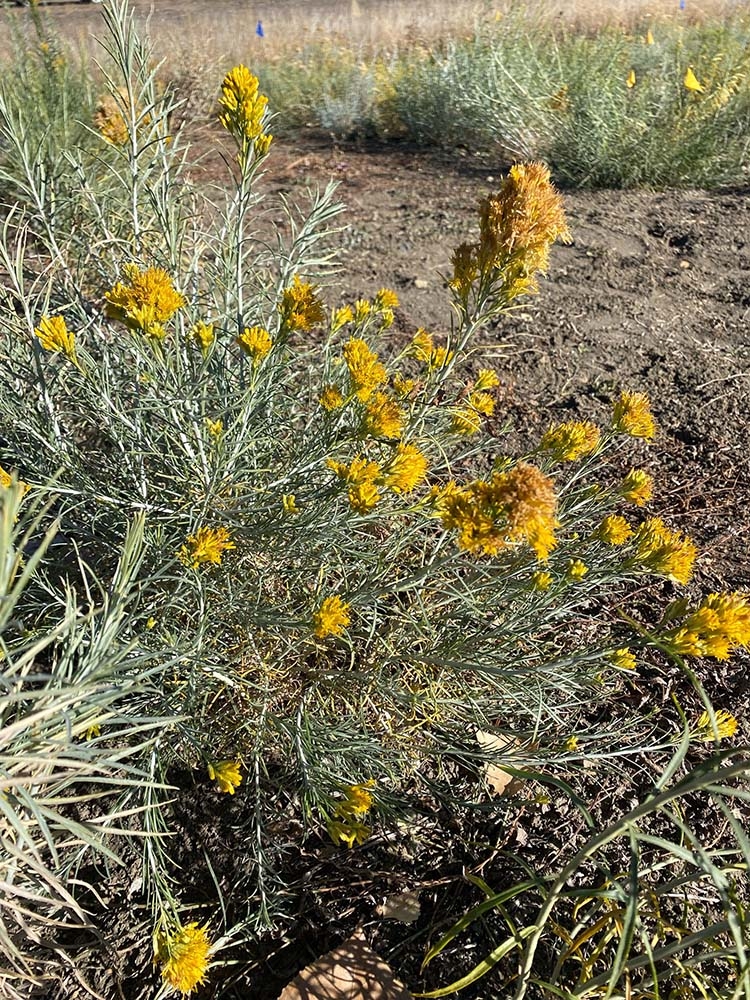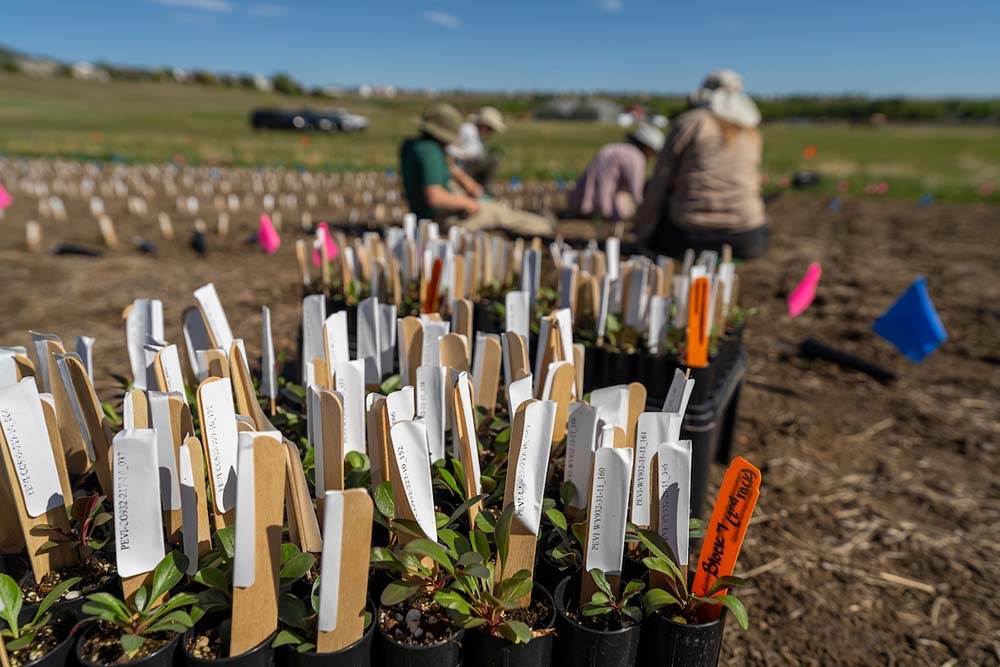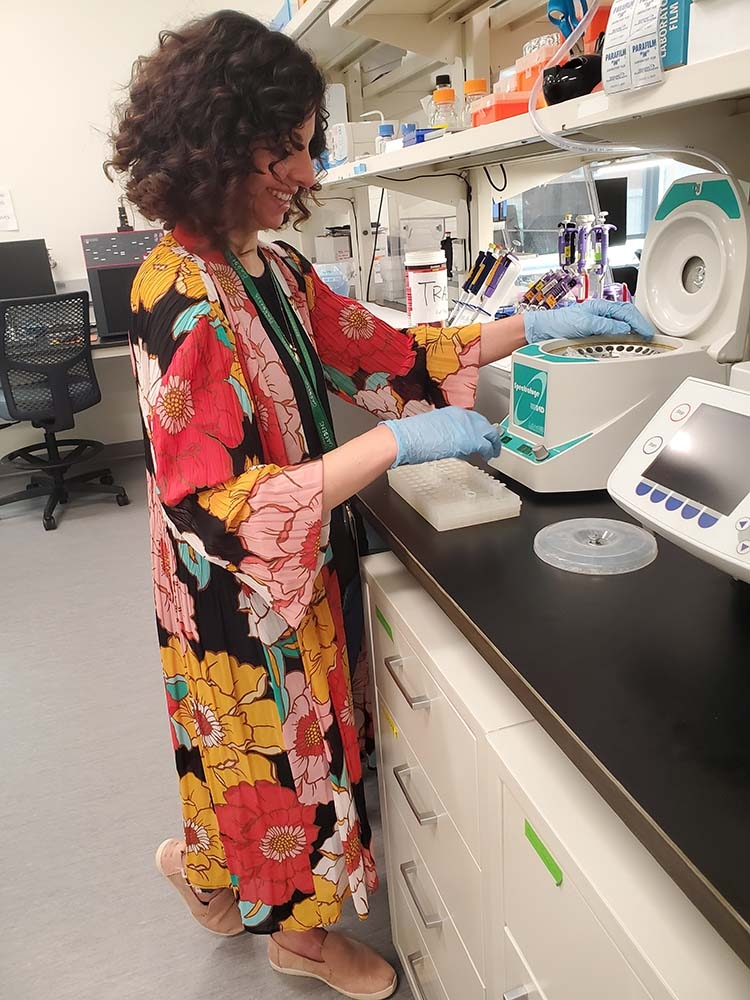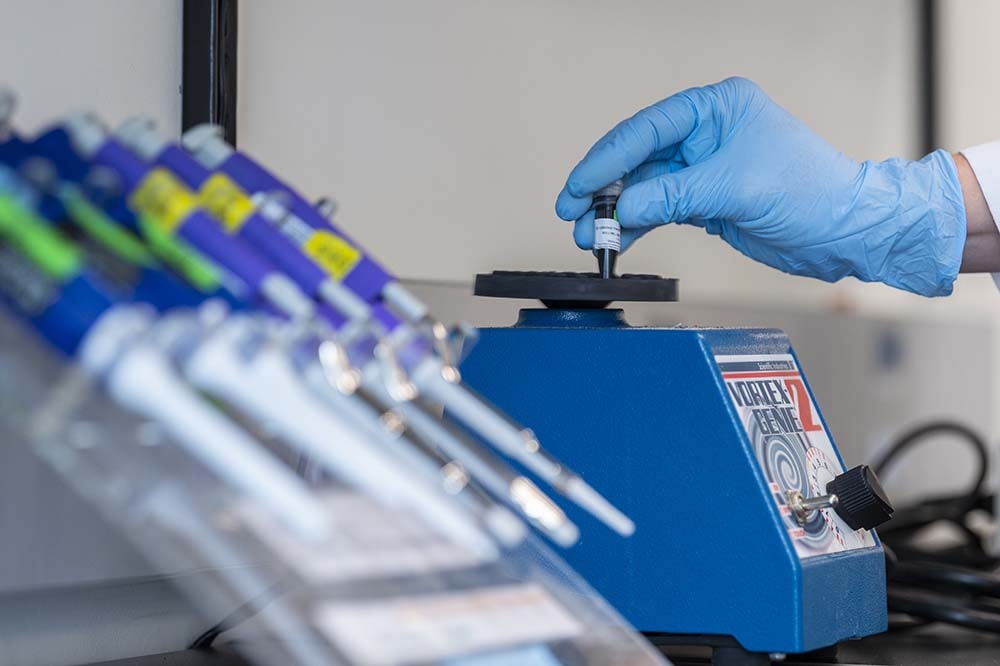Genetics Work: A Day in Our Labs
Nestled in the heart of the Freyer – Newman Center is an unassuming lab doing big things for plant science and restoration efforts. Since the Center’s opening in 2020 multiple research projects have been underway in the genetics lab, including restoration research funded by the Bureau of Land Management. But first….
What is genetics research and why do we do it in a lab?
A genetics lab is important for uncovering multiple inherited traits and links between species that might otherwise be unknown to researchers just from their outward appearance. Studying the genetics of biological species at the Gardens helps capture hidden variation between and within species. Sometimes these traits are linked to physical, morphological characteristics you can see, termed phenotypic traits. Within the same species, individuals may have multiple different growth forms either through adaptation to their environment or via random genetic mutations. These genetic differences are called genotypic traits.
What kind of genetics research is happening in the lab?
The genetics lab is host to multiple projects performed by graduate students and garden experts. Research is aimed at understanding and conserving the genetic diversity of both plants and fungi. The specific project I am working on aims to understand the genetic diversity of a handful of native species collected from populations growing in the Intermountain West region to direct restoration of public land after the disturbance of wildfire.
Native seeds from populations were brought back to the Gardens and grown together in a grassland common garden experiment at Chatfield Farms. Seeds that perform well in these common conditions will be candidates for seed selection for restoration. The three species that I am doing this genetic work on are fringed sagebrush (Artemisia frigida), Front Range beardtongue (Penstemon virens) and rubber rabbitbrush (Ericameria nauseosa)
I use tissue from leaves collected in the field experiment to extract DNA and run analyses to look at genetic variation among populations across their range. Most days I am in the lab completing extractions, centrifuging tubes, running agarose gels and quantifying how much DNA was successfully extracted from each tissue sample. Combining the findings from the field experiment with information on genetic variation helps us understand what is driving differences among populations and how to appropriately source seeds for restoration.
This post was contributed by Theresa Melhem, laboratory technician, research & conservation.
Gallery




Add new comment